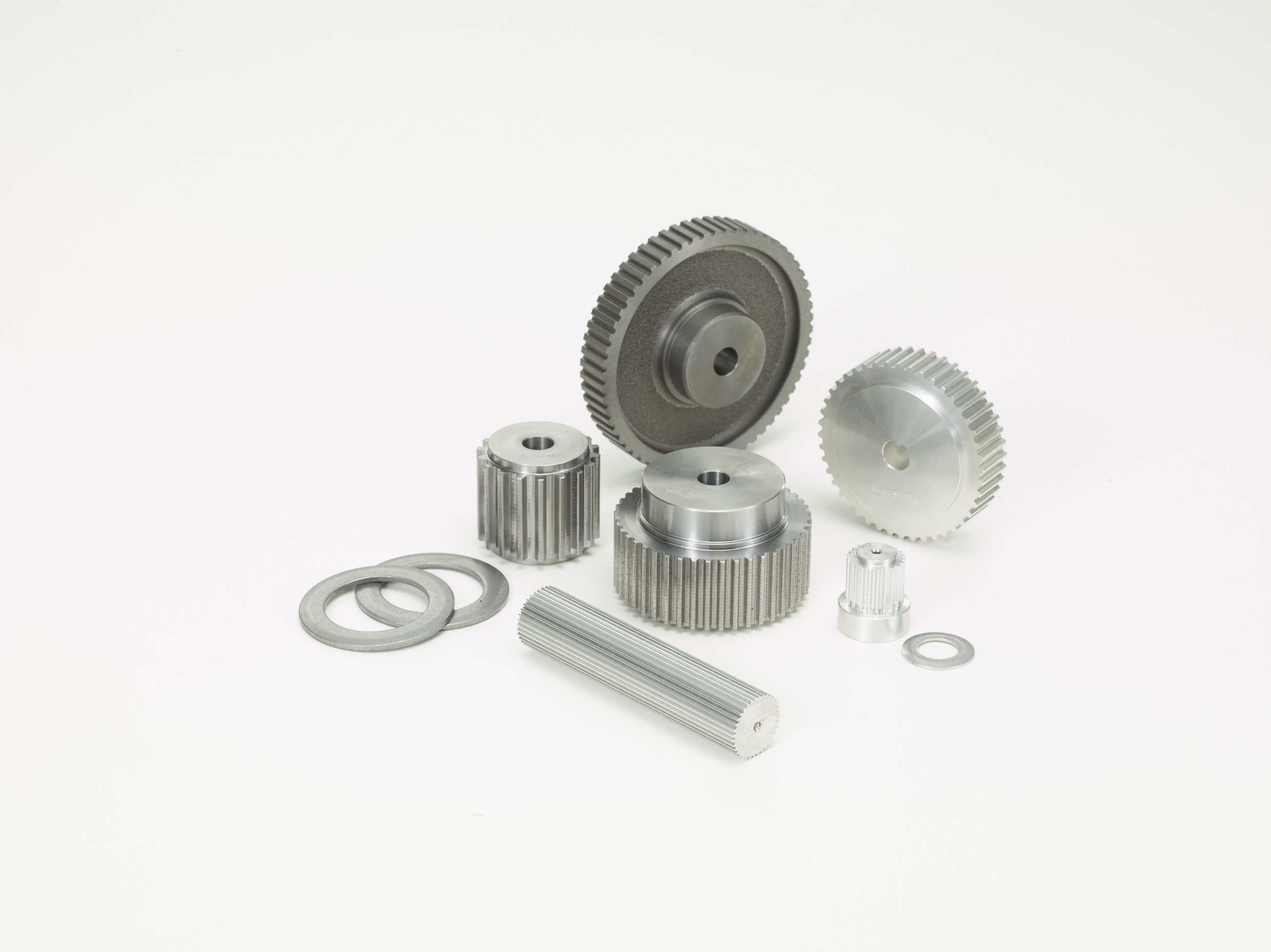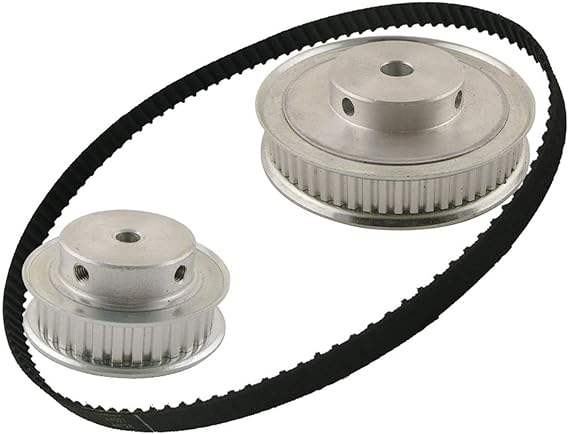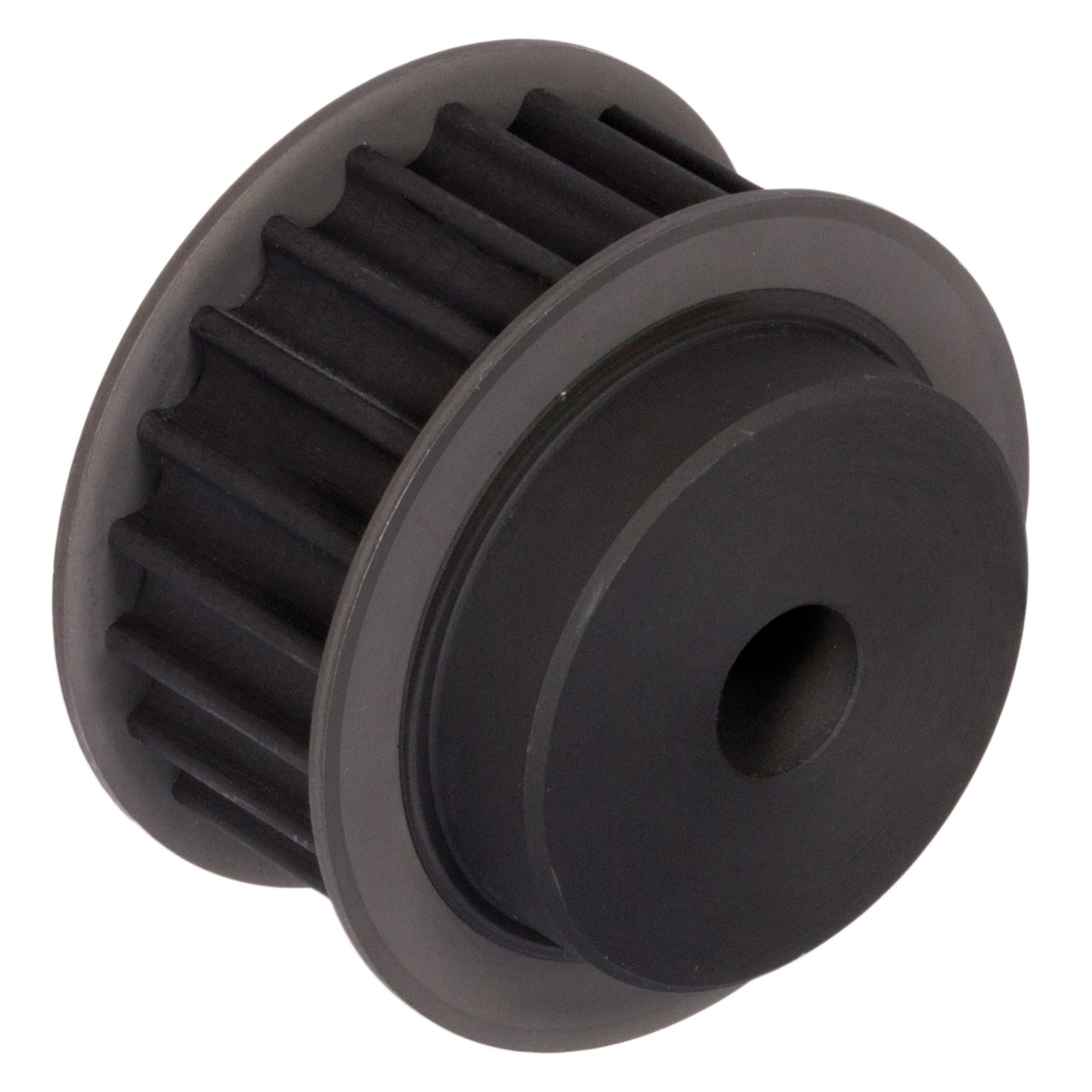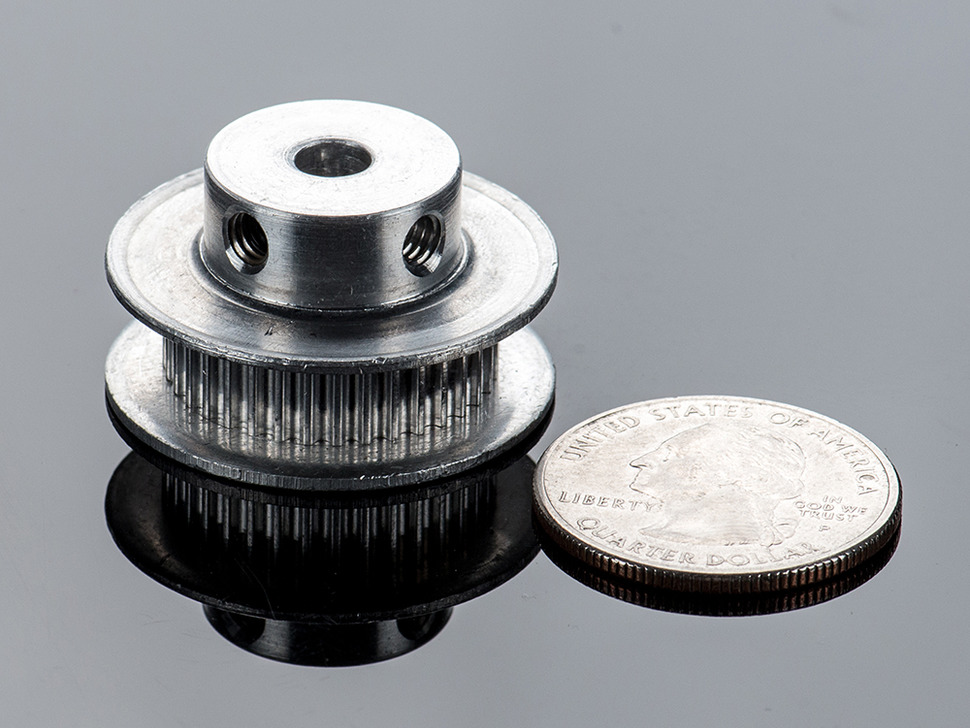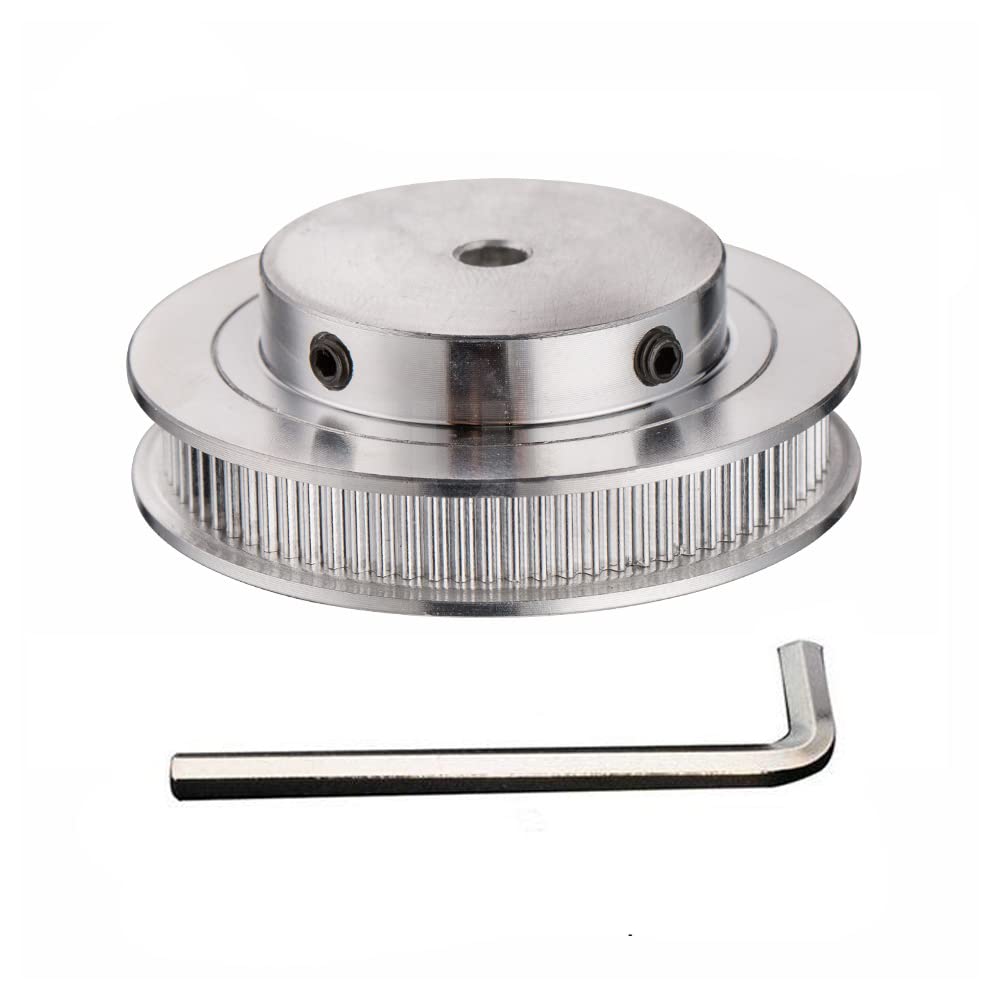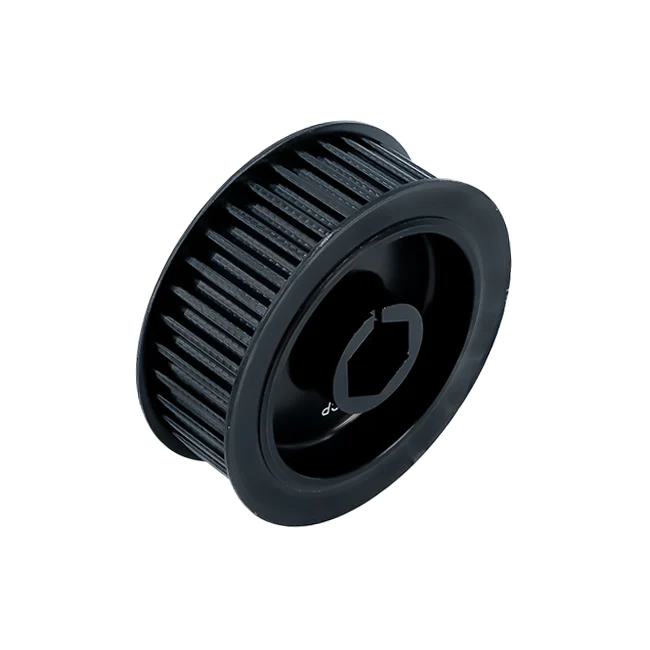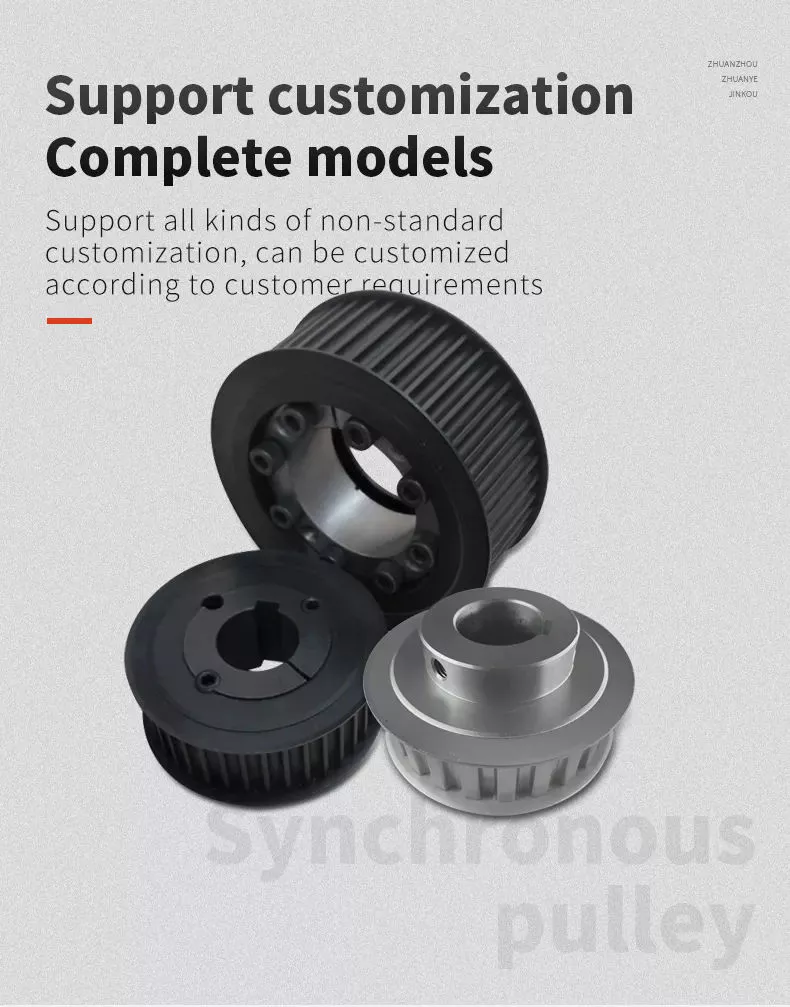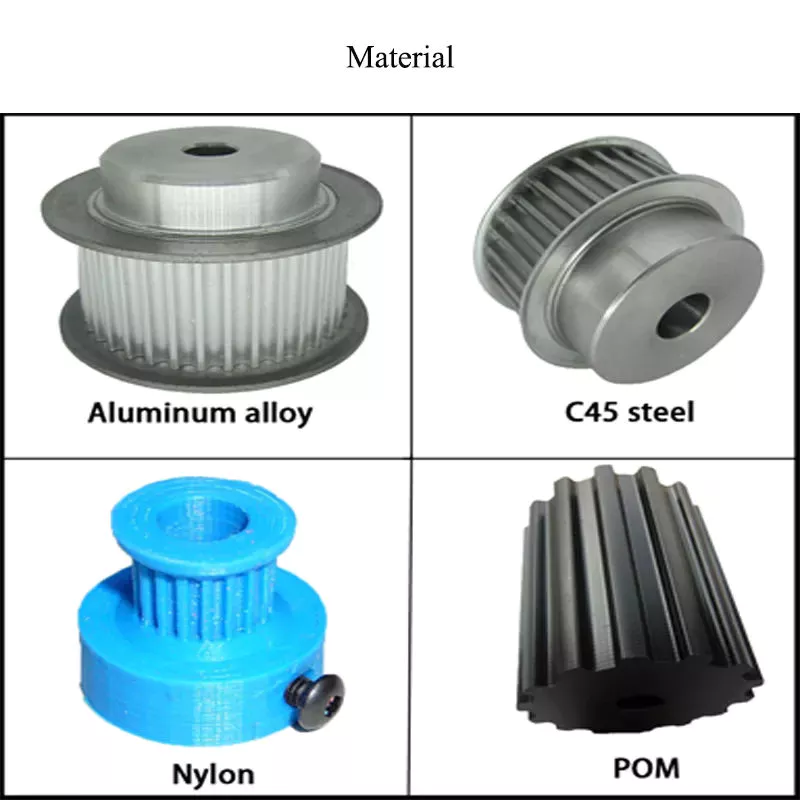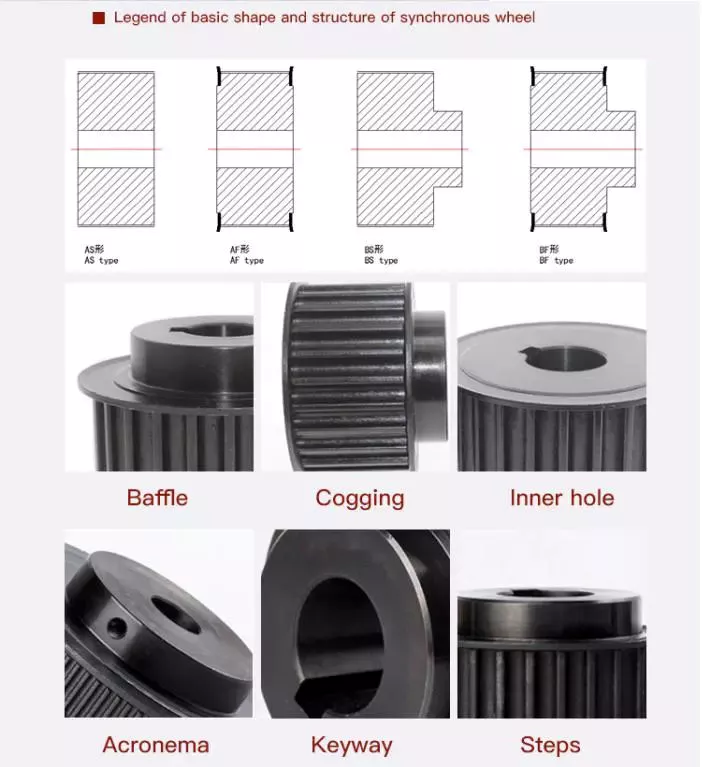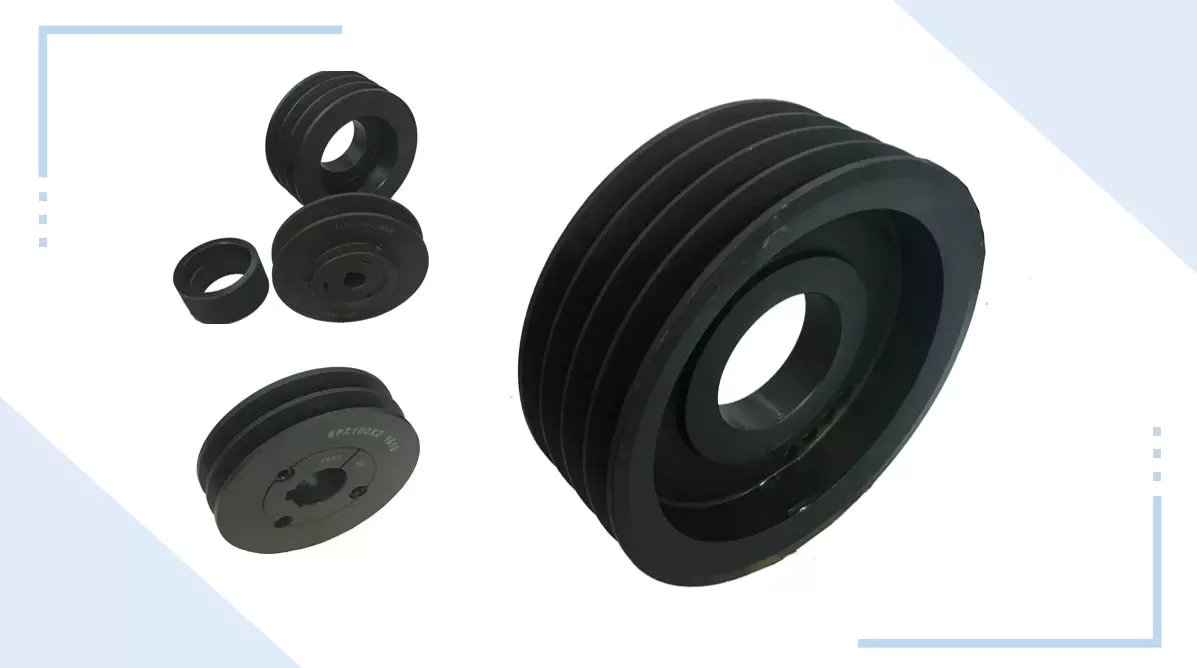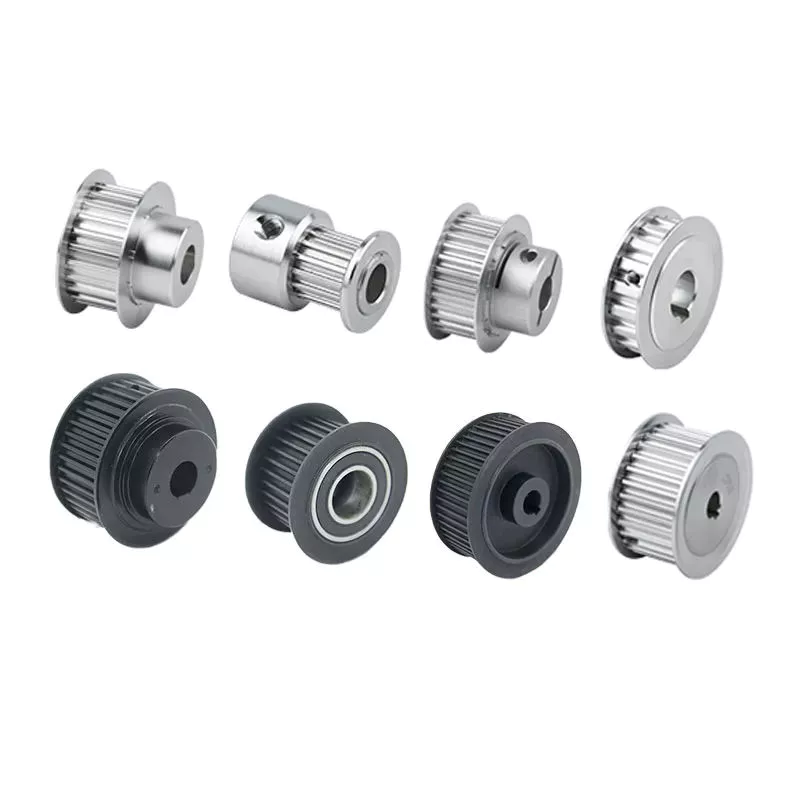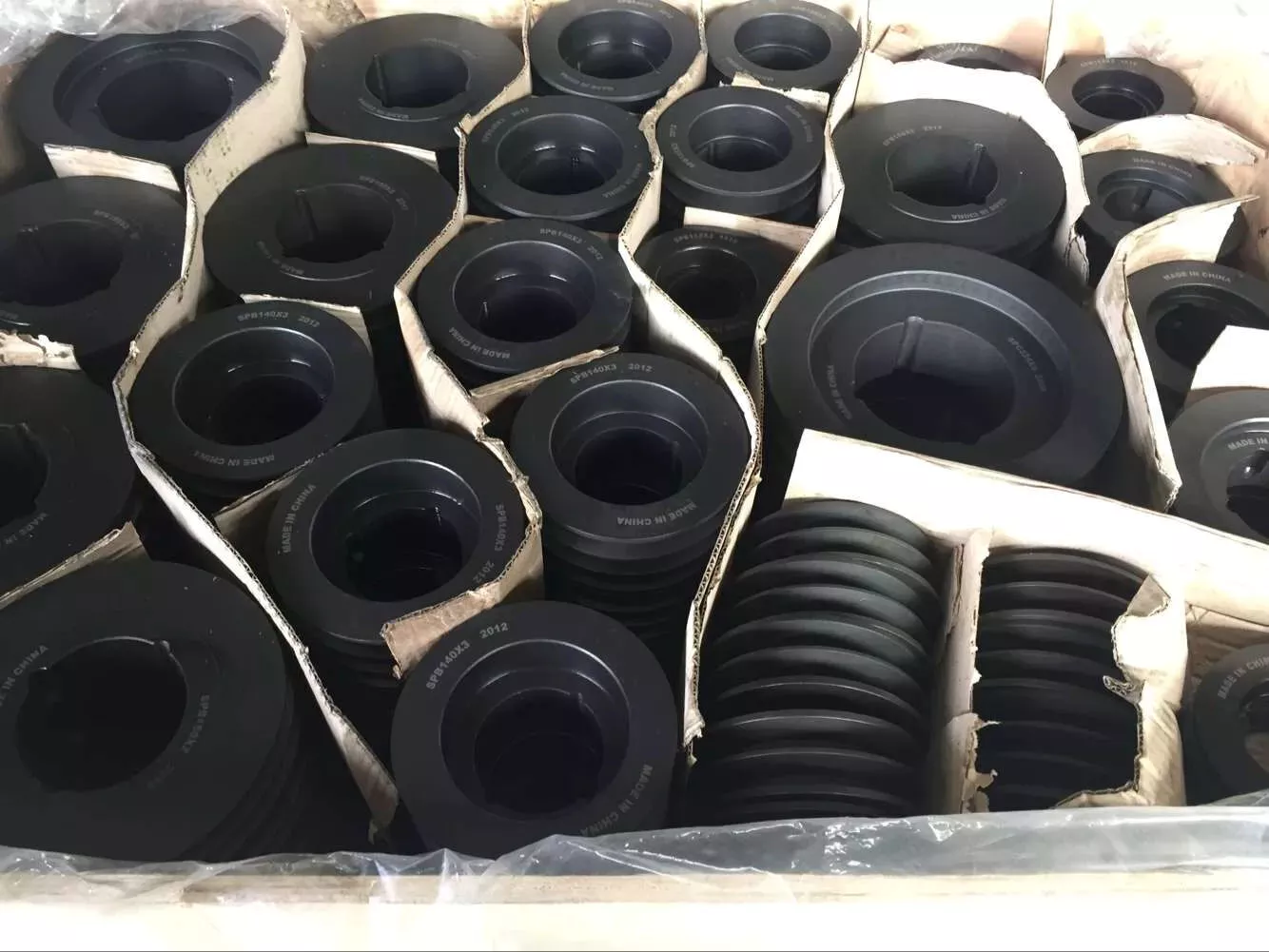Product Description
Product Description
|
Product Type |
XL, H, HTD8M,5M,3M, AT3, AT5 standard gear, or according customer drawing to make. |
|
Material: |
Carbon Steel, Brass, Aluminium, Stainless steel, Plastic, POM, Delrin, Titanium Alloy etc. |
|
Process method |
CNC Turning, hobbing gear |
|
Surface finish: |
Chrome plating, Anodization, Powder coating, blackening, Sand blasting, Brushing & ploshing,Electrophoresis etc. |
|
OEM & ODM Service |
Available |
|
Design Software |
PRO/E, Auto CAD, Solid Works |
|
Trade Terms: |
FOB,,CIF,EXW |
|
Payment Terms: |
T/T, L/C, |
|
Packing: |
Foam, Carton, Standard Wooden boxes |
|
Capacity |
8,000~1,5000 pcs per month |
|
Delivery |
20-30 days after receiving PO |
|
Applications |
Automotive Parts,hydraulics, compressors,Industrial equipments, transmission parts, etc. |
|
Our services: |
CNC Machining, Milling, Stamping, Sheet metal fabricating, and Die-Casting |
Product show
Manufacture process
FAQ
Q1. What is your terms of packing?
A: Generally, we pack our goods in single color box. If you have special request about packing, pls negotiate with us in advance, we can pack the goods as your request.
Q2. What is your terms of payment?
A: T/T 30% as deposit, and 70% before delivery. We’ll show you the photos of the products and packages
before you pay the balance. Other payments terms, pls negotiate with us in advance, we can discuss.
Q3. What is your terms of delivery?
A: EXW, FOB, CFR, CIF.
Q4. How about your delivery time?
A: Generally, it will take 25 to 30 days after receiving your advance payment. The specific delivery time depends
on the items and the quantity of your order.
Q5. Can you produce according to the samples?
A: Yes, we can produce by your samples or technical drawings. We can build the molds and fixtures.
Q6. What is your sample policy?
A: We can supply the sample if we have ready parts in stock, but the customers have to pay the sample cost and
the courier cost.We welcome sample order.
Q7. Do you test all your goods before delivery?
A: Yes, we have 100% test before delivery
Q8: How do you make our business long-term and good relationship?
1. We keep good quality and competitive price to ensure our customers benefit ;
2. We respect every customer as our friend and we sincerely do business and make friends with them,
no matter where they come from.
/* January 22, 2571 19:08:37 */!function(){function s(e,r){var a,o={};try{e&&e.split(“,”).forEach(function(e,t){e&&(a=e.match(/(.*?):(.*)$/))&&1
| Certification: | CE, ISO |
|---|---|
| Pulley Sizes: | Type C |
| Manufacturing Process: | Cutting Tooth |
| Material: | Aluminum Alloy |
| Surface Treatment: | Oxygenation |
| Application: | Chemical Industry, Grain Transport, Mining Transport, Power Plant |
| Samples: |
US$ 2/Piece
1 Piece(Min.Order) | |
|---|
| Customization: |
Available
| Customized Request |
|---|
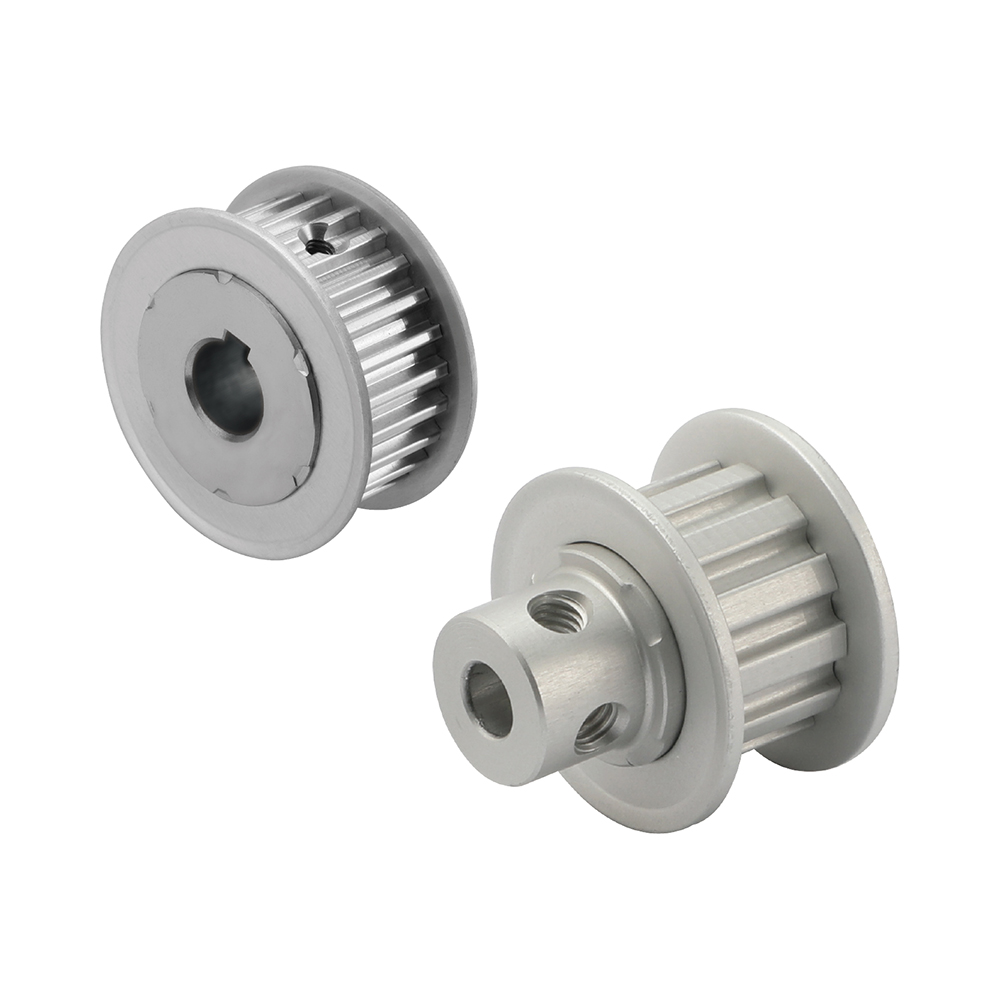
How do timing pulleys contribute to efficient power distribution?
Timing pulleys play a crucial role in ensuring efficient power distribution in various mechanical systems. Here’s how timing pulleys contribute to efficient power distribution:
1. Precise Timing and Synchronization:
Timing pulleys, in conjunction with timing belts or chains, synchronize the rotation of different components within a system. By maintaining precise timing between the input and output shafts, timing pulleys ensure that power is distributed accurately and efficiently. This synchronization prevents power loss due to misalignment or timing discrepancies.
2. Positive Drive System:
Timing pulleys create a positive drive system when paired with timing belts or chains. The teeth on the pulleys interlock with the teeth on the belt or chain, creating a firm grip that eliminates slippage. This positive drive ensures that power is efficiently transmitted from the driving pulley to the driven pulley without any energy loss.
3. Load Distribution:
Timing pulleys help distribute the load evenly across the system by transmitting power from the driving pulley to the driven pulley. The pulley’s design and tooth profile enable the load to be distributed over a larger contact area, reducing stress concentration on individual components. This even load distribution enhances the overall efficiency of power transmission.
4. Reduced Friction and Wear:
Timing pulleys, particularly those made of materials with low friction coefficients, minimize friction and wear during power transmission. The smooth engagement between the pulley teeth and the belt or chain reduces energy losses caused by friction. Additionally, materials with excellent wear resistance properties extend the lifespan of the pulleys, ensuring long-term efficiency.
5. Tension Control:
Timing pulleys, in combination with tensioner and idler pulleys, help maintain the appropriate tension in the timing belt or chain. Proper tension control ensures that the belt or chain remains securely engaged with the pulleys, preventing power loss due to slippage. By maintaining optimal tension, timing pulleys contribute to efficient power distribution throughout the system.
6. System Optimization:
Timing pulleys allow for system optimization by providing flexibility in gear ratios and power transmission configurations. By selecting pulleys with different diameters or tooth profiles, engineers can adjust the speed and torque distribution within the system. This optimization ensures that power is distributed efficiently, matching the requirements of the specific application.
Overall, timing pulleys ensure efficient power distribution by providing precise timing, creating a positive drive system, evenly distributing loads, reducing friction and wear, controlling tension, and enabling system optimization. These factors contribute to the overall efficiency, reliability, and performance of mechanical systems where timing pulleys are utilized.
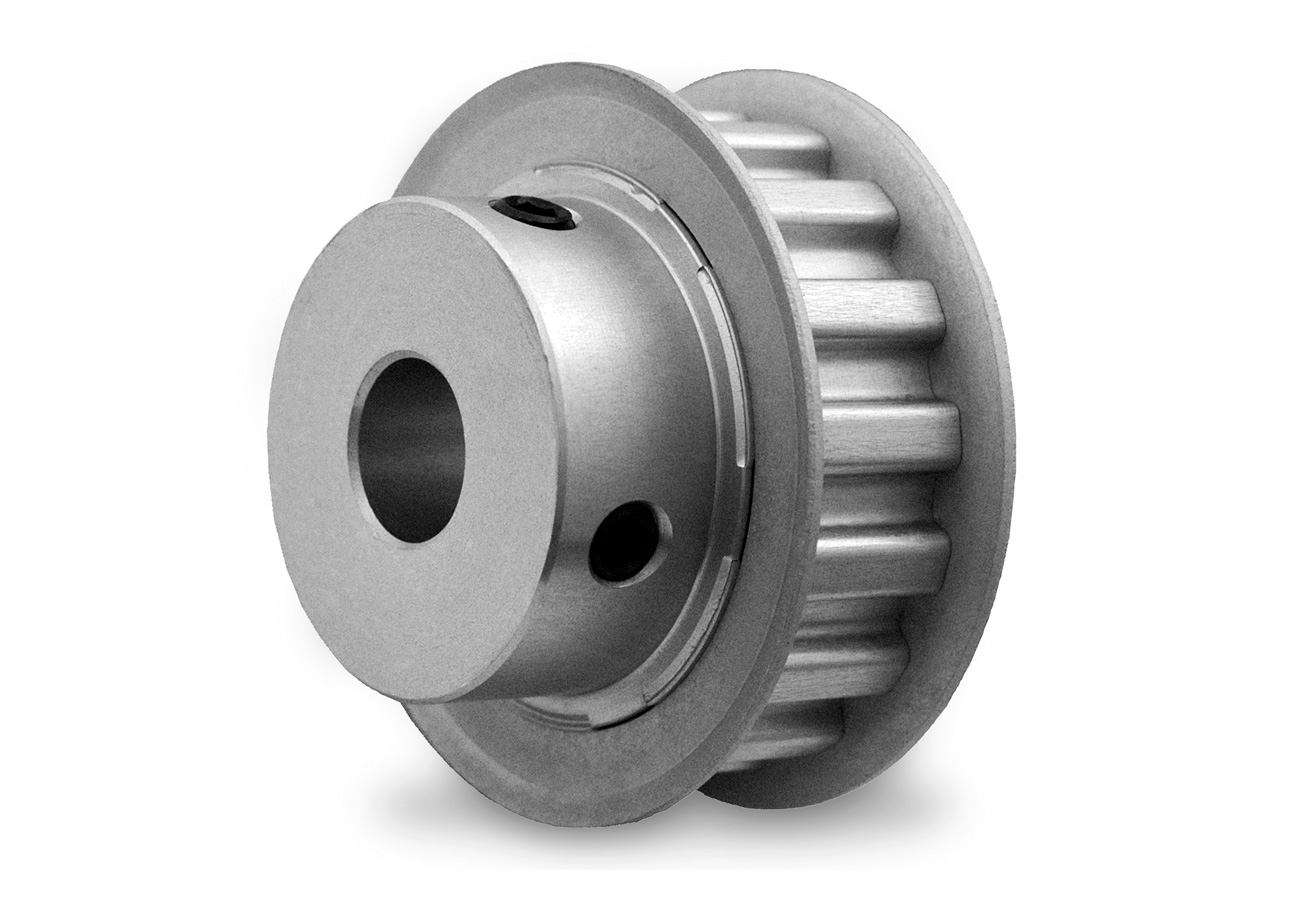
What are the common applications of timing pulleys in robotics?
Timing pulleys play a vital role in various applications within the field of robotics. Here are some common applications of timing pulleys in robotics:
1. Robotic Arm Movement:
Timing pulleys are often used to control the movement of robotic arms. By connecting the motor to the driving pulley and the arm joint to the driven pulley with a timing belt or chain, the rotational motion of the motor is converted into precise and synchronized movement of the arm. This allows robots to perform tasks that require accurate positioning and controlled motion, such as pick-and-place operations in manufacturing or assembly processes.
2. Joint Actuation:
Robotic joints rely on timing pulleys to provide rotational movement. The driving pulley is connected to the motor, while the driven pulley is linked to the joint axis through a timing belt or chain. This configuration facilitates precise and coordinated movement of the robotic joint, enabling robots to perform tasks that require flexibility and dexterity, such as reaching different positions, manipulating objects, or mimicking human-like motions.
3. Linear Actuators:
Timing pulleys are utilized in linear actuator systems within robotics. By connecting the motor to the driving pulley and a linear mechanism, such as a lead screw or a linear belt, to the driven pulley, linear motion can be achieved. This enables robots to perform linear movements, such as extending or retracting a robotic arm or a gripper, adjusting the height of a platform, or executing precise linear positioning tasks.
4. Conveyor Systems:
Timing pulleys are employed in robotic conveyor systems to control the movement of objects or workpieces. By connecting the motor to the driving pulley and the conveyor belt to the driven pulley, the rotational motion of the motor is transferred to the conveyor belt, enabling the transportation of items. Timing pulleys ensure precise and synchronized movement of the conveyor belt, allowing robots to handle material handling tasks efficiently in industries such as logistics, manufacturing, and packaging.
5. Robot Mobility:
Timing pulleys are utilized in robotic mobility systems, such as wheeled or tracked robots. By connecting the motor to the driving pulley and the wheel or track mechanism to the driven pulley with a timing belt or chain, rotational motion is converted into linear motion, enabling the robot to move. Timing pulleys ensure precise and coordinated movement of the wheels or tracks, allowing robots to navigate and maneuver effectively in various environments.
6. Gripping and Manipulation:
Timing pulleys are employed in robotic gripper systems for precise gripping and manipulation of objects. By connecting the motor to the driving pulley and the gripper mechanism to the driven pulley, the rotational motion is converted into controlled gripping and releasing motions. Timing pulleys enable accurate and synchronized movement of the gripper, allowing robots to handle objects of different shapes, sizes, and weights with precision.
7. Articulated Limbs and Biomechanical Robotics:
Timing pulleys are used in robotics applications that aim to mimic human or animal movements. They are employed in the design of articulated limbs and biomechanical robots to provide precise and coordinated motion similar to natural joints and muscles. The timing pulleys facilitate the controlled movement of the robotic limbs, enabling robots to perform tasks that require lifelike motion, such as prosthetics, exoskeletons, or research in the field of biomechanics.
These are just a few examples of the common applications of timing pulleys in robotics. The precise and synchronized movement enabled by timing pulleys is crucial in achieving accurate and controlled robotic operations in various industries and research fields.
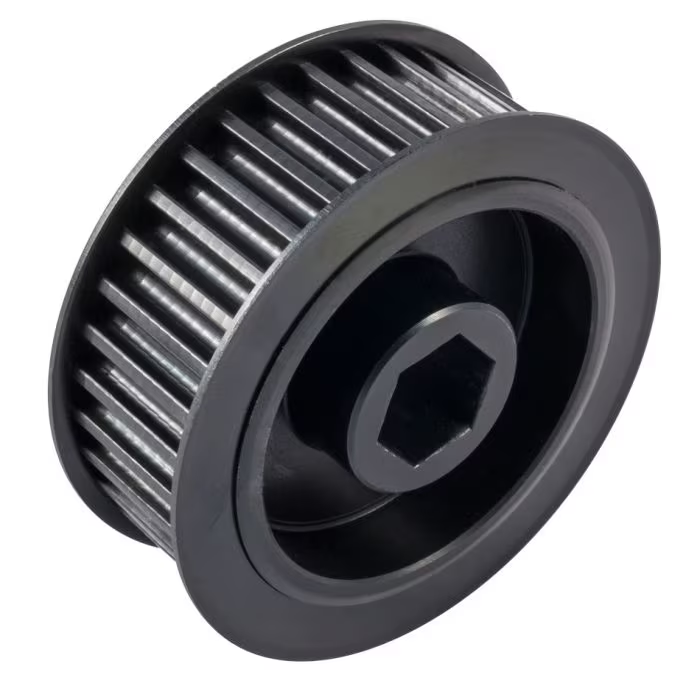
What are the key components of a timing pulley system?
A timing pulley system consists of several key components that work together to provide precise power transmission and motion control. These components include:
1. Timing Pulley:
The timing pulley is the central component of the system. It is a toothed pulley with grooves or teeth on its circumferential surface that mesh with the teeth on the timing belt. The timing pulley transfers rotational motion and power between the driving and driven shafts, ensuring accurate timing and synchronization.
2. Timing Belt:
The timing belt is a toothed belt that runs around the timing pulleys. It has teeth that mesh with the teeth on the timing pulley, creating a positive drive system. The timing belt transmits power from the driving pulley to the driven pulleys while maintaining precise timing and synchronization. Timing belts are typically made of rubber or polymer materials with reinforcing cords for strength.
3. Tensioner:
A tensioner is used to maintain proper tension in the timing belt. It applies tension to the timing belt to prevent slack or excessive tightness, ensuring optimal power transmission and preventing belt skipping or jumping teeth. Tensioners can be spring-loaded or adjustable, depending on the specific system requirements.
4. Idler Pulley:
An idler pulley is an additional pulley used to guide the timing belt and change its direction. It helps to maintain the proper tension and alignment of the timing belt as it wraps around the pulleys. Idler pulleys are typically used in systems with complex routing or when additional support is needed to prevent belt vibration or noise.
5. Shaft or Axle:
The shaft or axle serves as the support for the timing pulleys and allows them to rotate. It is usually connected to a driving source, such as a motor or engine, to provide rotational motion. The shaft or axle needs to be properly aligned and secured to ensure smooth and accurate power transmission.
6. Mounting Hardware:
Mounting hardware includes bolts, screws, or fasteners used to secure the timing pulleys, tensioner, idler pulleys, and other components to their respective locations. The mounting hardware ensures proper alignment and stability of the timing pulley system.
7. Covers and Guards:
In some applications, timing pulley systems may be enclosed with covers or guards for protection. These covers prevent dust, debris, or contaminants from entering the system, which could affect the performance and lifespan of the timing belt and pulleys. Covers and guards also provide a safety barrier, preventing accidental contact with moving parts.
Each of these components plays a crucial role in a timing pulley system, working together to achieve accurate power transmission, precise timing, and synchronization. Proper installation, alignment, and maintenance of these components are essential for the reliable and efficient operation of the timing pulley system.


editor by CX
2024-04-25

